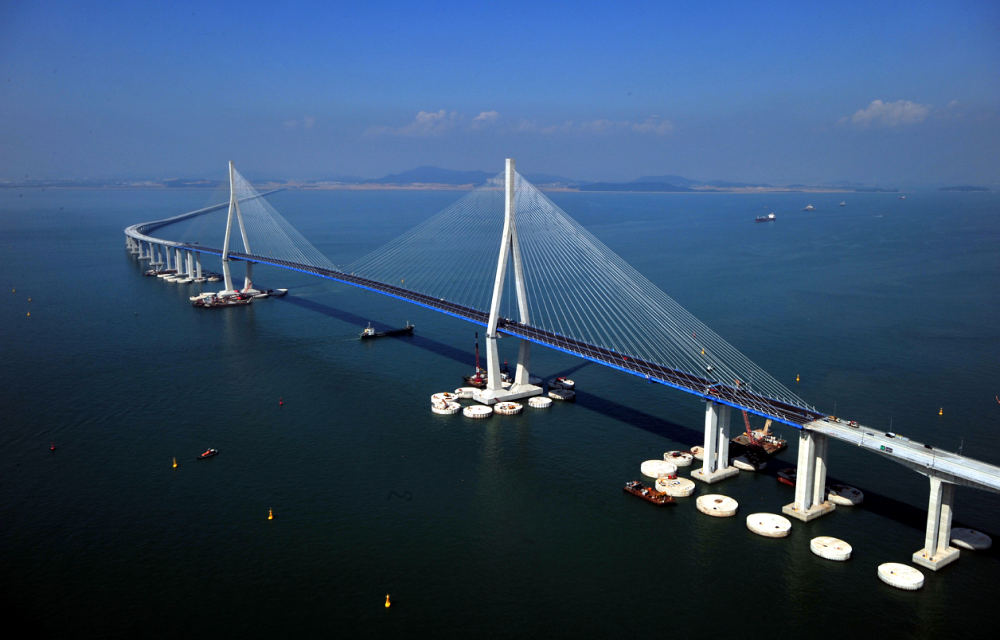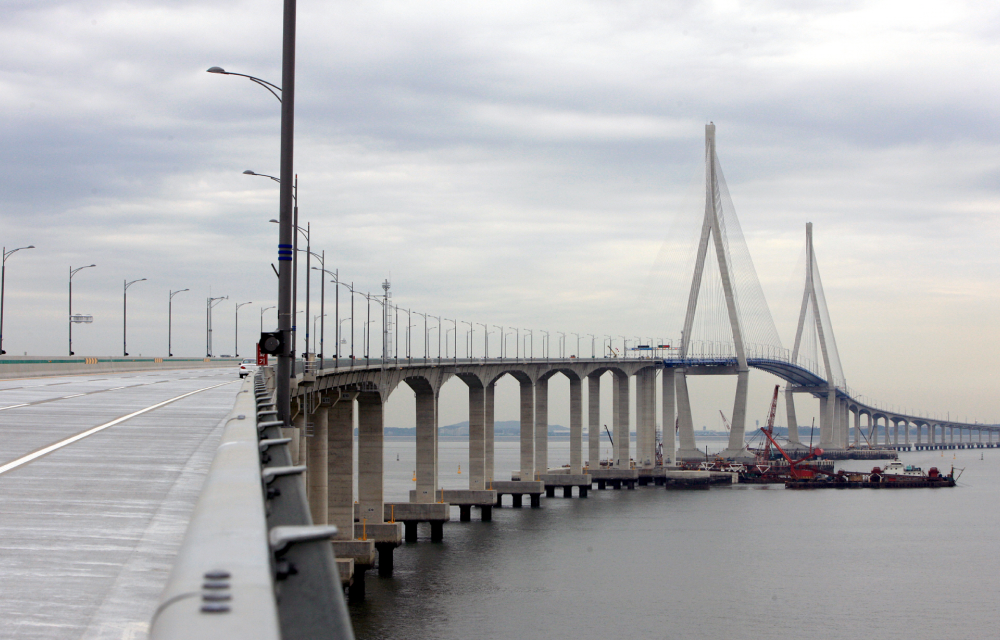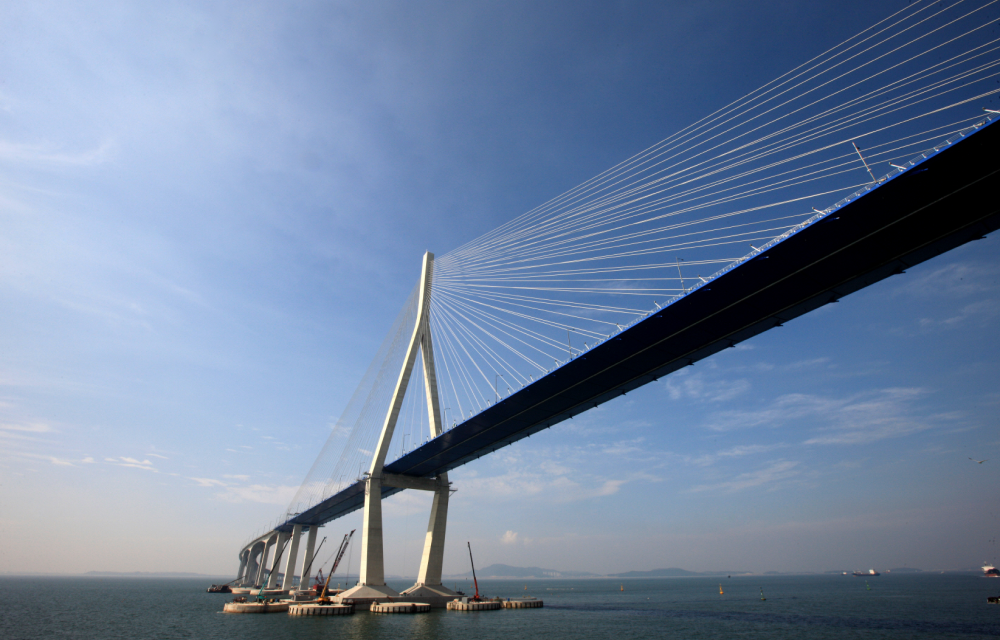Incheon Gr Bridge
Road and Railway Korea
2005.07.01 ~ 2009.10.22
Feature: CABLE-STAYED BRIDGE 1,480 m
Decription: Bridge to Incheon Int’l Airport
We at Samsung C&T have worked hard to secure advanced design/implementation technologies in areas such as structure interpretation for bridges roads.
Critical infrastructural component for Korea to become a hub for northeast Asian economies
A cable-stayed bridge style was adopted so that large ships could pass through to the open seas without difficulty. The length between the main towers is 800 meters, the worlds fifth longest span, the tallest main tower is 230.5 meters, equivalent to the height of the Yoido 63 Building.
We used a number of highly advanced technologies, mobilizing super-large RCD pile drivers the worlds biggest pile load test (30,000 tons).
CABLE-STAYED BRIDGE 1,480 km
APPROACH BRIDGE 1,778 km(FCM METHOD)
VIADUCT 8,400 km(FSLM METHOD)
[LOCATION]
- INCHEON, KOREA
[VALUE TO CLIENT]
- THE LONGEST BRIDGE IN KOREA CONNECTING INTERNATIONAL AIRPORT TO SEOUL
- FIRST PPP PROJECT WITH FOREIGN INVESTORS IN KOREA
[SALIENT FEATURES]
- DESIGN & BUILD
- TOTAL LENGTH : 12,343 km(W=31.4 m, 6 LANES)
- BRIDGE : 11,658 km
- TOLL PLAZA 658 m
- 100,000TON SHIP IMPACT PROTECTION
- 50 m PRETENSION GIRDER FABRICATION
The Technology of Emotion, Connecting People Together
-
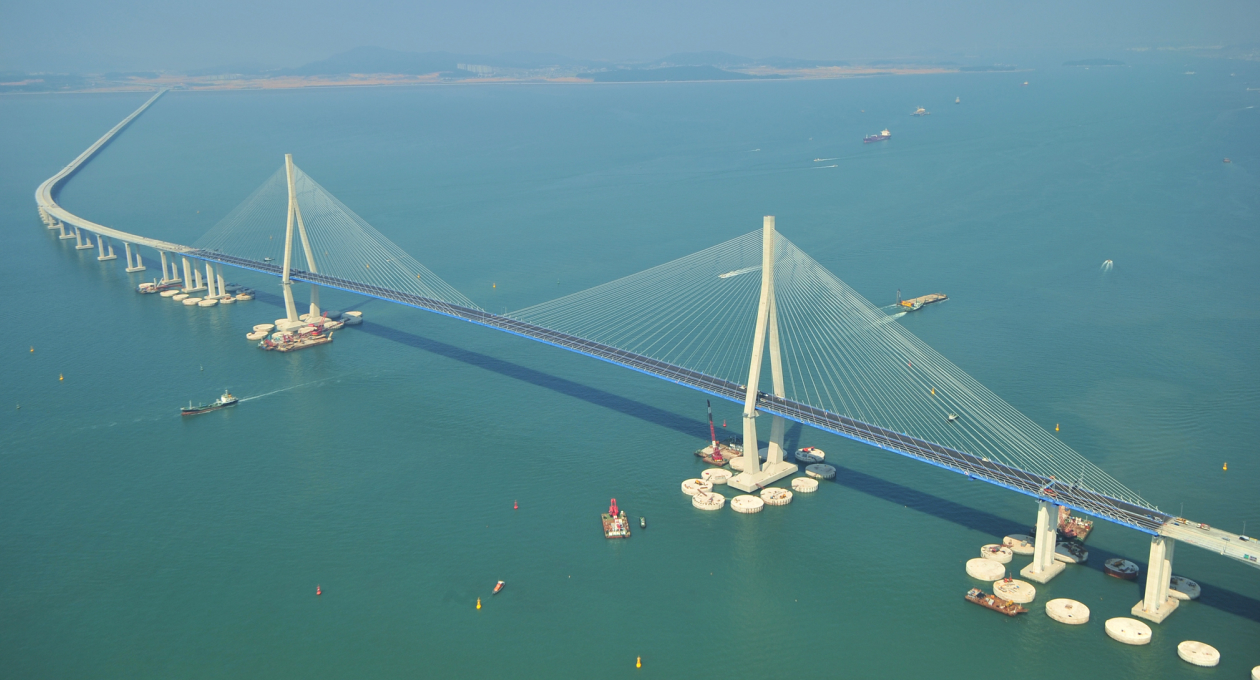
- Main Tower and Inter-tower Spacing
- The structure is ingeniously designed in an inverted Y-shape to withstand up to Richter scale 7 earthquakes and winds as fast as 72 m/s. The inter-tower distance spans an impressive 800 meters, rivaling the height of the Burj Khalifa. This remarkable distance is the longest in Korea and ranks fifth worldwide.
-
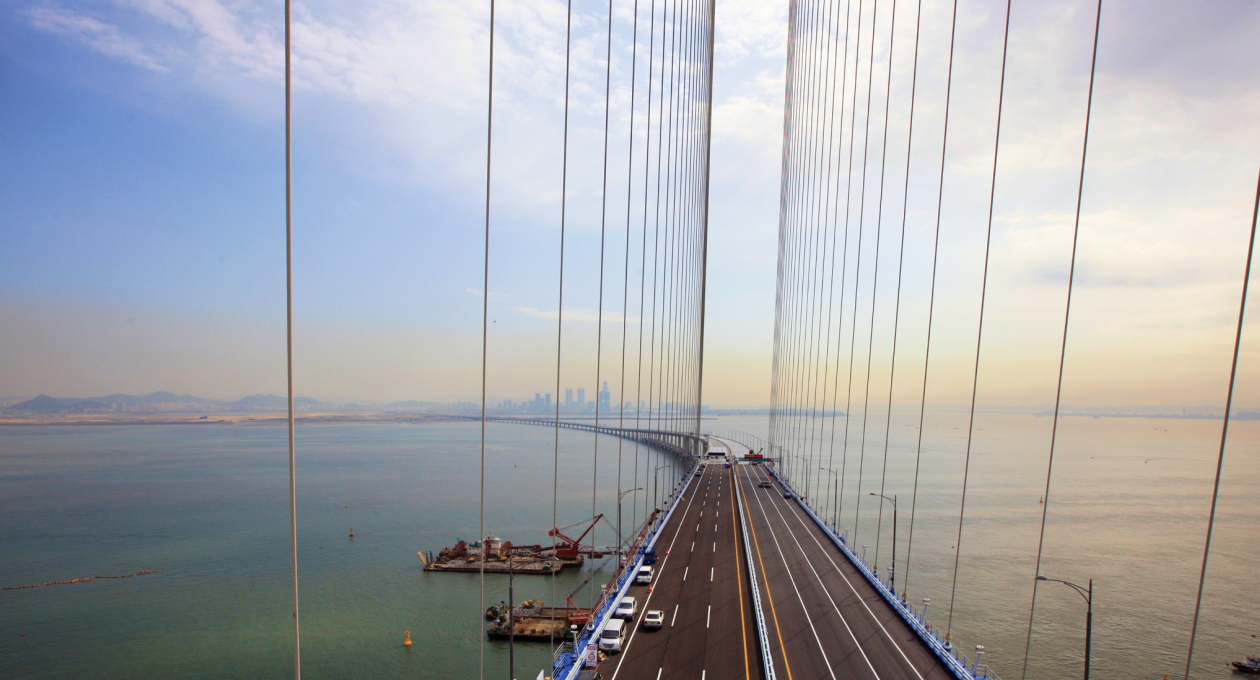
- Cable
- The cable surface features countless small dimples reminiscent of a golf ball. These clever dimples reduce air resistance, effectively preventing the cables from swaying excessively during strong winds.
-
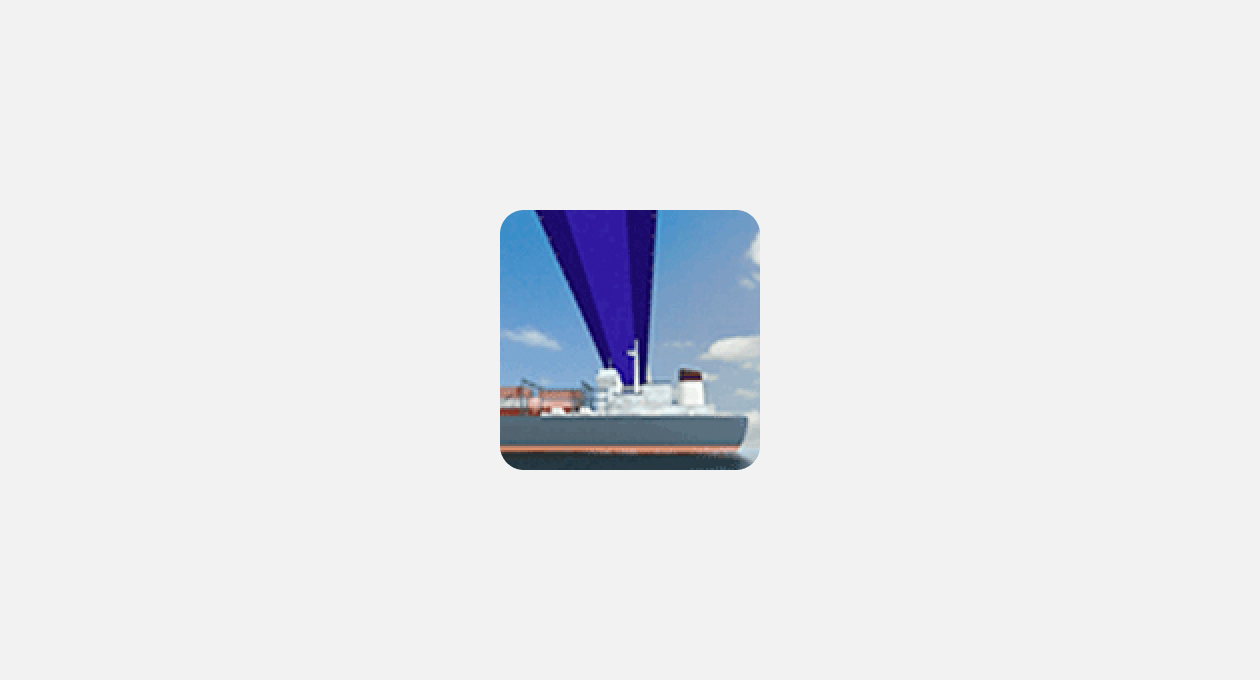
- U-shaped Curvature
- To prioritize the safety of ships navigating through Incheon Port, the bridge is meticulously constructed with a U-shaped curvature, employing a design that allows for the secure passage of vessels up to 100,000 tons beneath the main towers.
-

- Bridge Deck Composition
- The bridge deck is expertly crafted from steel plates rather than concrete, resulting in increased strength and reduced deck thickness. This innovative design choice minimizes wind impact on the cable-stayed bridge due to the decreased thickness.
-
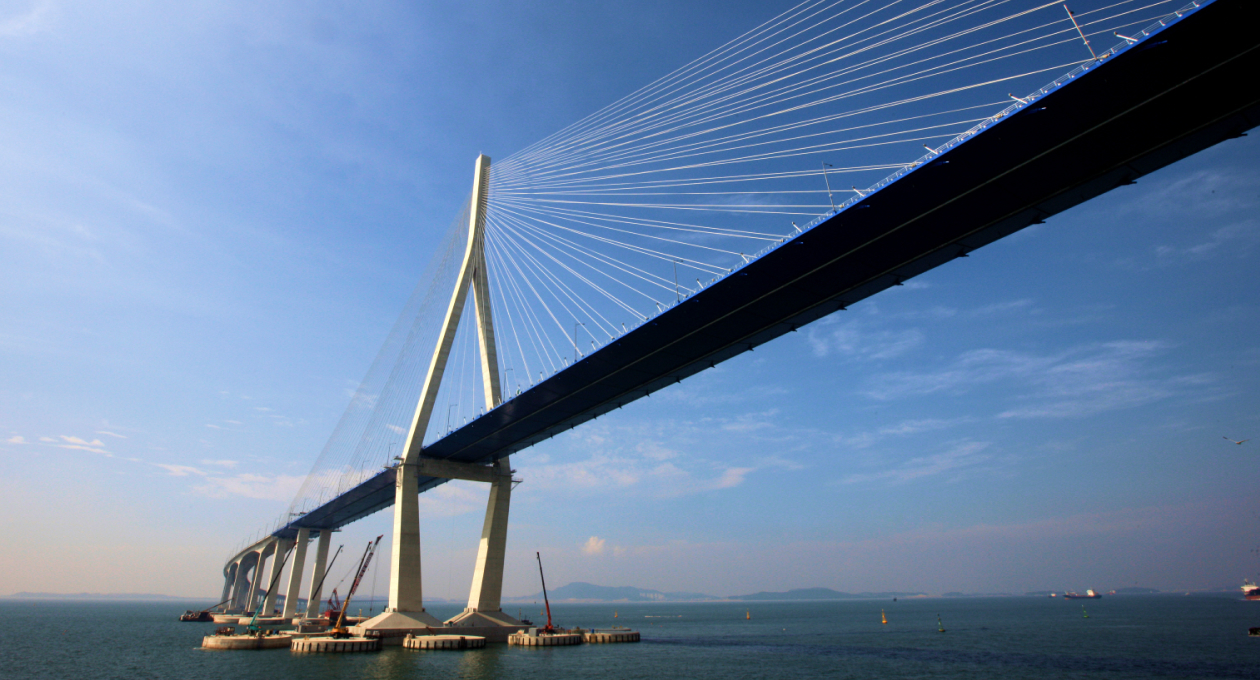
- Bridge Deck Elevation
- With safety in mind, the bridge deck height in the cable-stayed section is 74 meters above sea level, ensuring the secure transit of large vessels and overall stability of the Incheon Bridge.
-
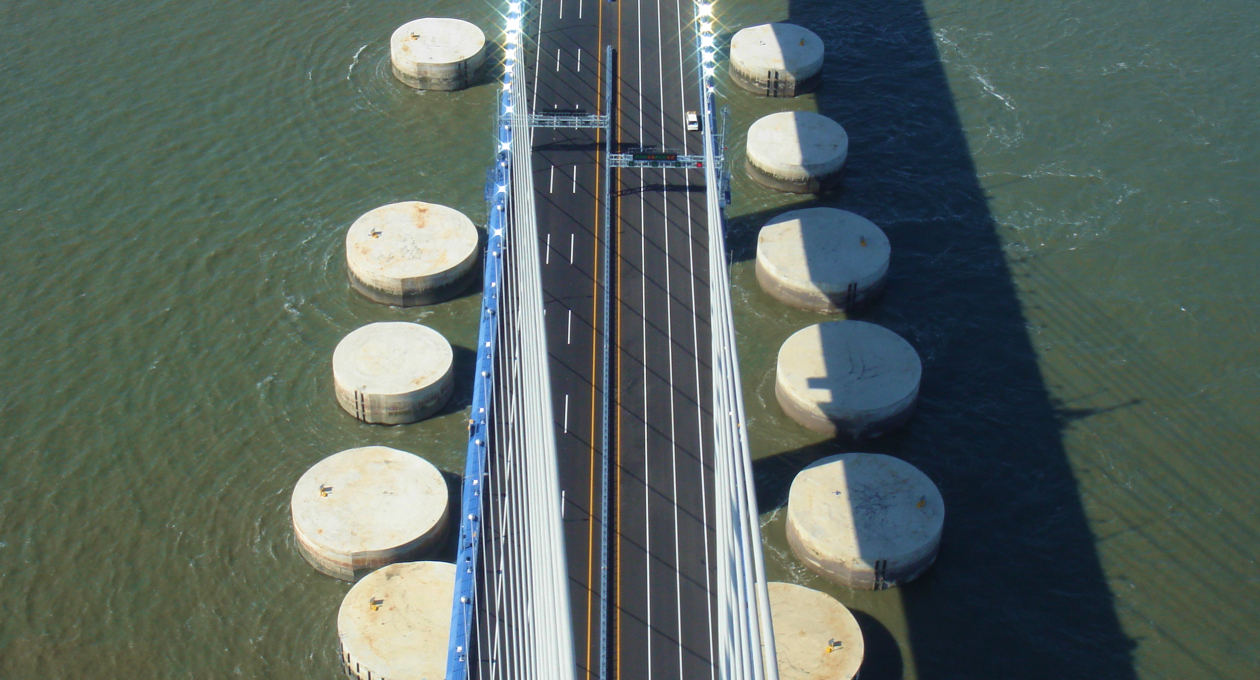
- Collision Prevention Measures
- There are a total of 44 collision prevention fenders surround the two main towers and some adjacent piers in the sea, functioning much like a car bumper. The first of its kind in Korea, this pioneering facility can protect the piers effectively even if a 100,000-ton cargo ship (248 meters in length) collides at a speed of 10 knots.
-
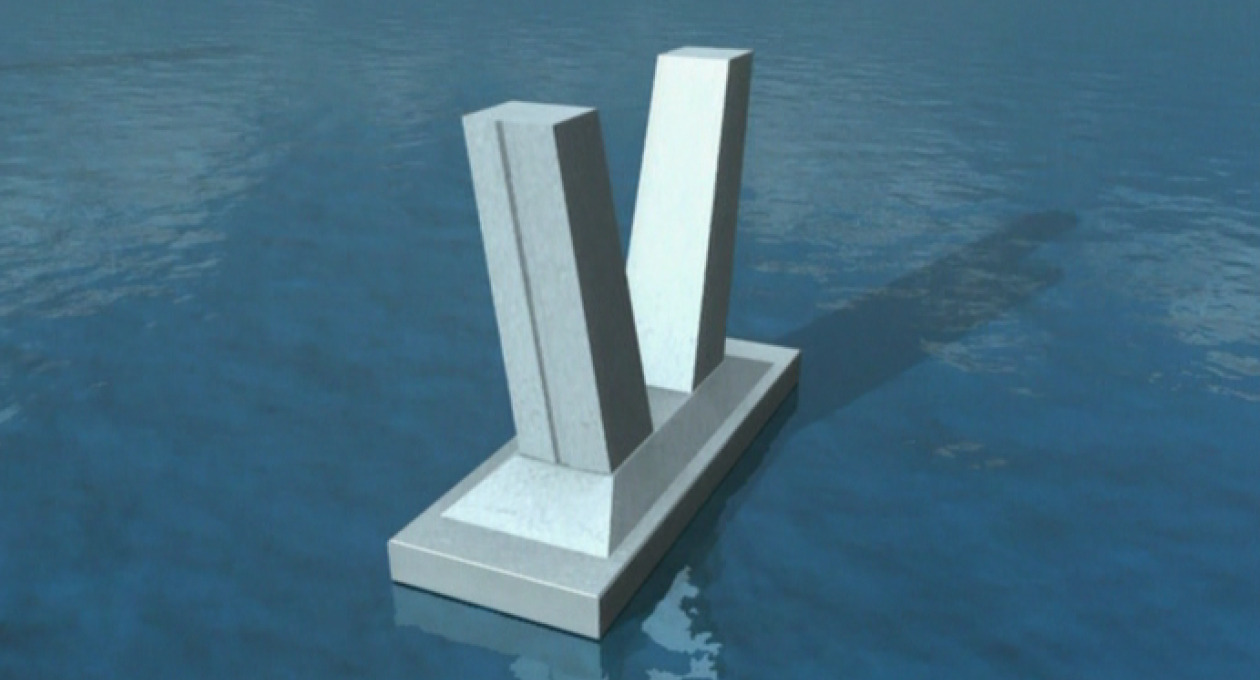
- Main Tower Substructure
- The substructure of the main towers and stub piers features driven pile foundations (design standard strength of 30 MPa) with a diameter of 3 meters. Each main tower has 24 piles, while each stub and auxiliary pier contains 8. Although the influence of the stiffness of pile casing (SM 400) on seismic response has been considered, its impact on pile strength calculations and durability against salt damage have been excluded. The pile tips of the main towers are embedded in bedrock for ample support, and the stub and auxiliary piers are planned as 5 m x 7 m hollow rectangular piers. The design thoughtfully incorporates the interaction between ground and pile structures as well as the group pile effect.

